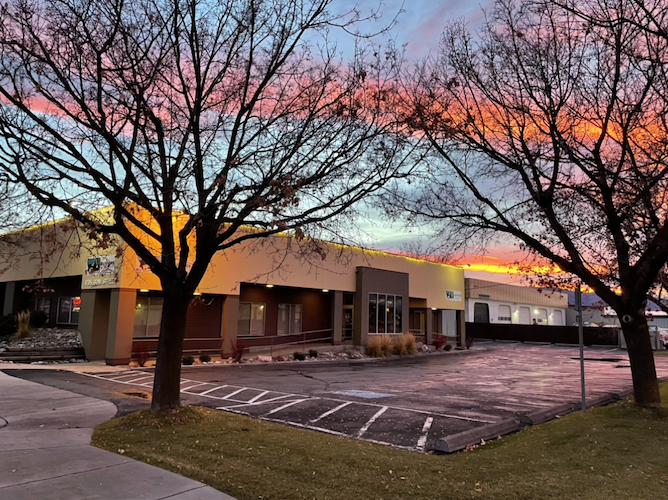
From Rehab to Recovery: A Typical Day at Sapphire PT
Welcome to a behind-the-scenes look at a typical day at Sapphire Physical Therapy. We love helping people restore movement, recover from injury, and get back to the things they enjoy. Grab your coffee (or water bottle) and follow along.

4 Quad Strengthening Exercises to Keep Your Legs Strong This Winter
When winter weather makes it harder to get outside, it’s easy for leg strength to fade, especially in the quadriceps, the powerhouse muscles that support your knees. Keeping your quads strong during the colder months helps maintain joint stability, prevent pain, and keep you ready for spring activity.
Here are four simple quad exercises that can be performed safely at home. Each movement builds strength, balance, and control key elements for keeping your knees healthy all year long.

Let’s Talk About Fall(ing)!
Summer is quickly on its way out. Before we know it, the trees of Missoula will turn colors and lose their leaves, and the temperatures will drop bringing rain and eventually snow. Fall and winter conditions can make it more challenging to navigate the community due to slippery surfaces and decreased visibility.
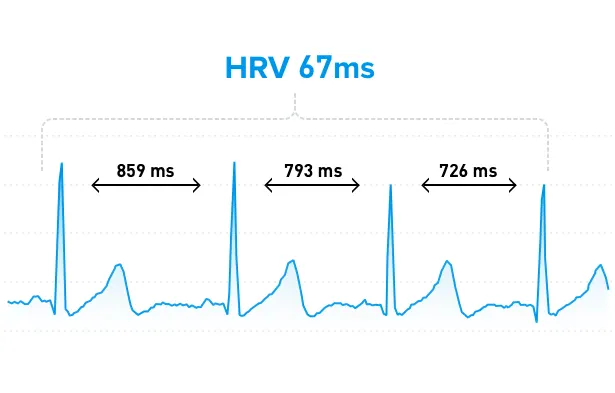
Heart Rate Variability (HRV) and Recovery
Our heart rate refers to the number of heart beats every minute, but the number itself does not describe the rhythm of these beats. Heart beats are inconsistent and the small degrees of variability between each beat is completely normal. Heart rate variability (HRV) reflects the average time difference in milliseconds between consecutive heart beats.
It is regulated by our autonomic nervous system (ANS) and the balance between its two divisions, the parasympathetic nervous system (rest and recovery) and sympathetic nervous system (stress and exertion).

Shoulder Pain in Summer? Here’s Why It Happens—and What You Can Do About It
Summer is upon us here in Montana, and with the beautiful weather, many of us are spending more time outdoors—hiking, gardening, fishing, and soaking up the sunshine. But with the sudden increase in activity, you may start to notice a new twinge in your shoulder when reaching overhead, or an unfamiliar achiness at the end of the day.
If that sounds like you, you’re not alone.

Guidelines for physical activity? It’s for more than just your muscles ...
With so much information out there regarding physical activity, it is easy to become overwhelmed and tricky to know what the right thing is to do.
At the end of the day, doing any physical activity is better than nothing, but if you’re taking the time to be active, why not understand what it takes to make a positive impact on your health?

Exercise and Manual Therapy to Manage Headaches
There is some evidence that migraine headaches will respond positively to regular exercise, including both aerobic exercise and resistance exercise. Other types of headache, including tension type headaches and cervicogenic headaches, are more likely to respond positively to manual therapy.
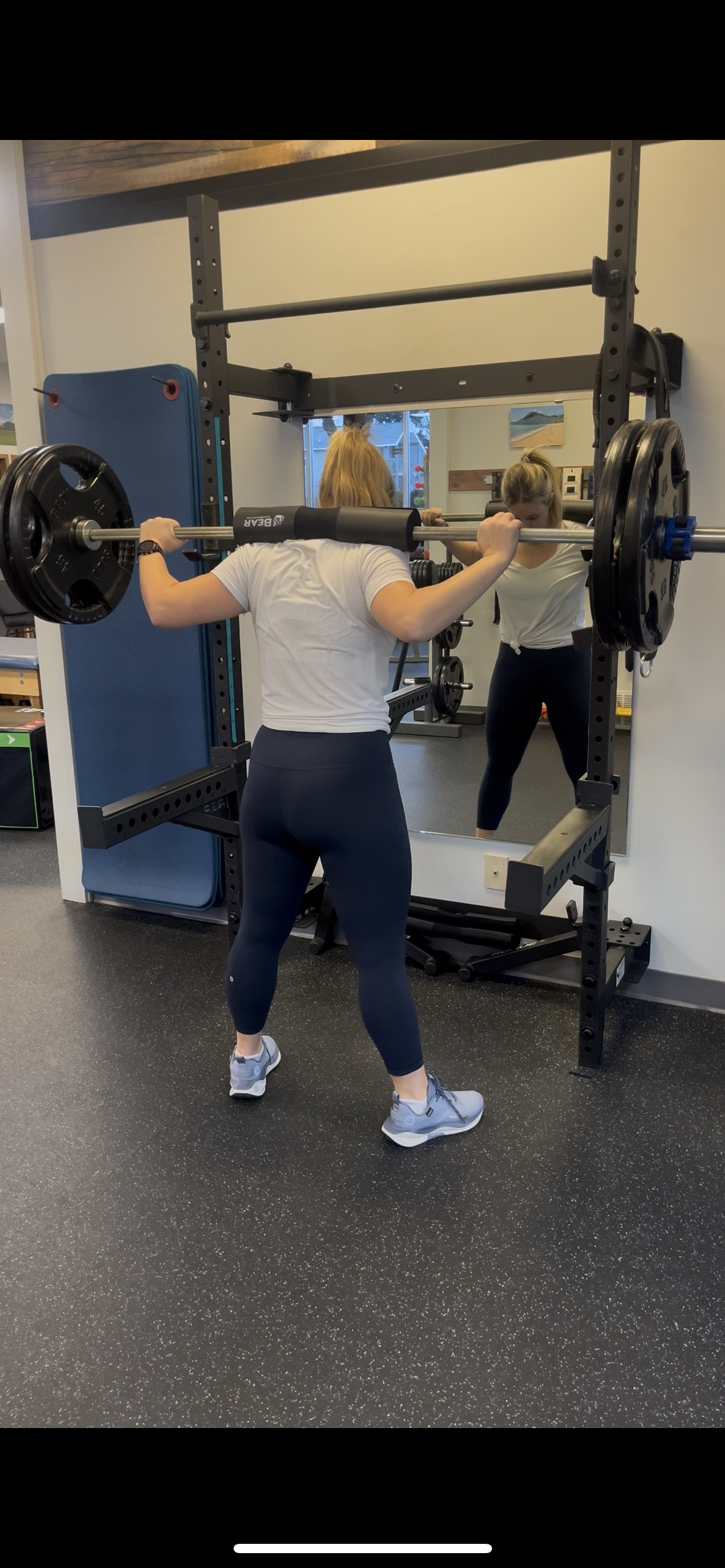
Strength Training Has Many Forms
As a physical therapist, I have the opportunity to work with a variety of individuals with unique rehabilitation goals. Elite athletes, post-operative individuals, and patients dealing with the consequences of multiple medical issues or ageing enter the doors of Sapphire Physical Therapy every day. Physical therapists are movement specialists. Following a comprehensive evaluation and working diagnosis, each patient works with a physical therapist to create a strength training program to achieve their goals. The challenge and reward of physical therapy is creating the correct type of strength training program and documenting its effectiveness over time.
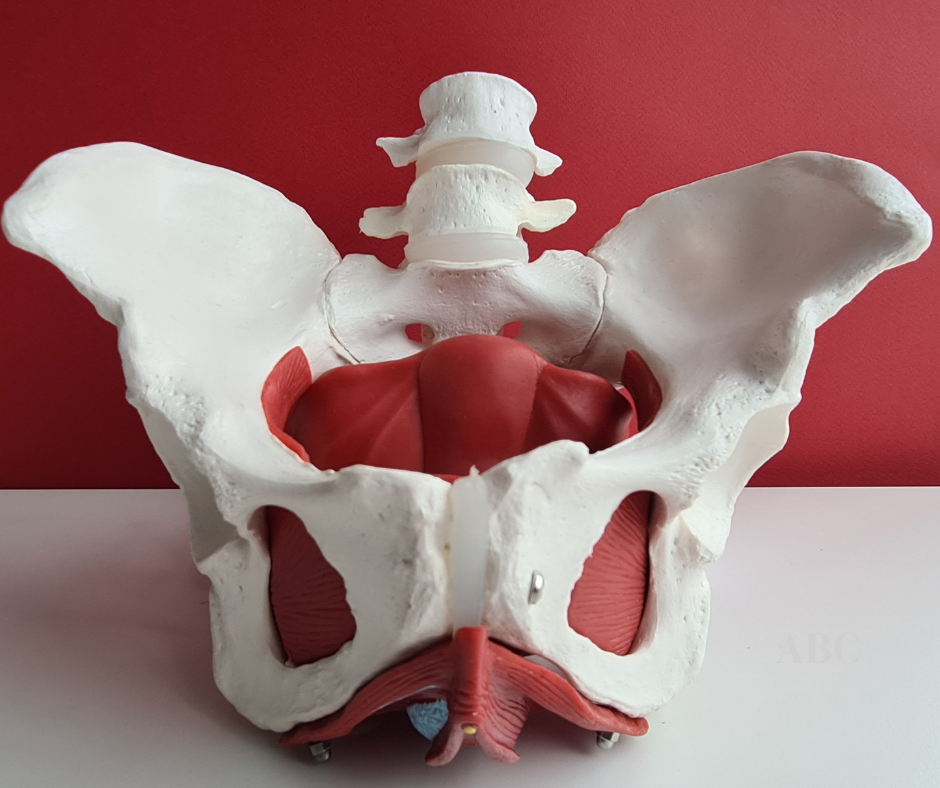
Insights from a Pelvic Floor Physical Therapist - Part 1: Incontinence
Throughout a series of posts, I’ll discuss a variety of kinds of pelvic floor dysfunction, their symptoms, and provide insight into how physical therapy can help manage these issues.
One of the most common types of pelvic floor dysfunction I treat is urinary incontinence, which is divided into 4 types:
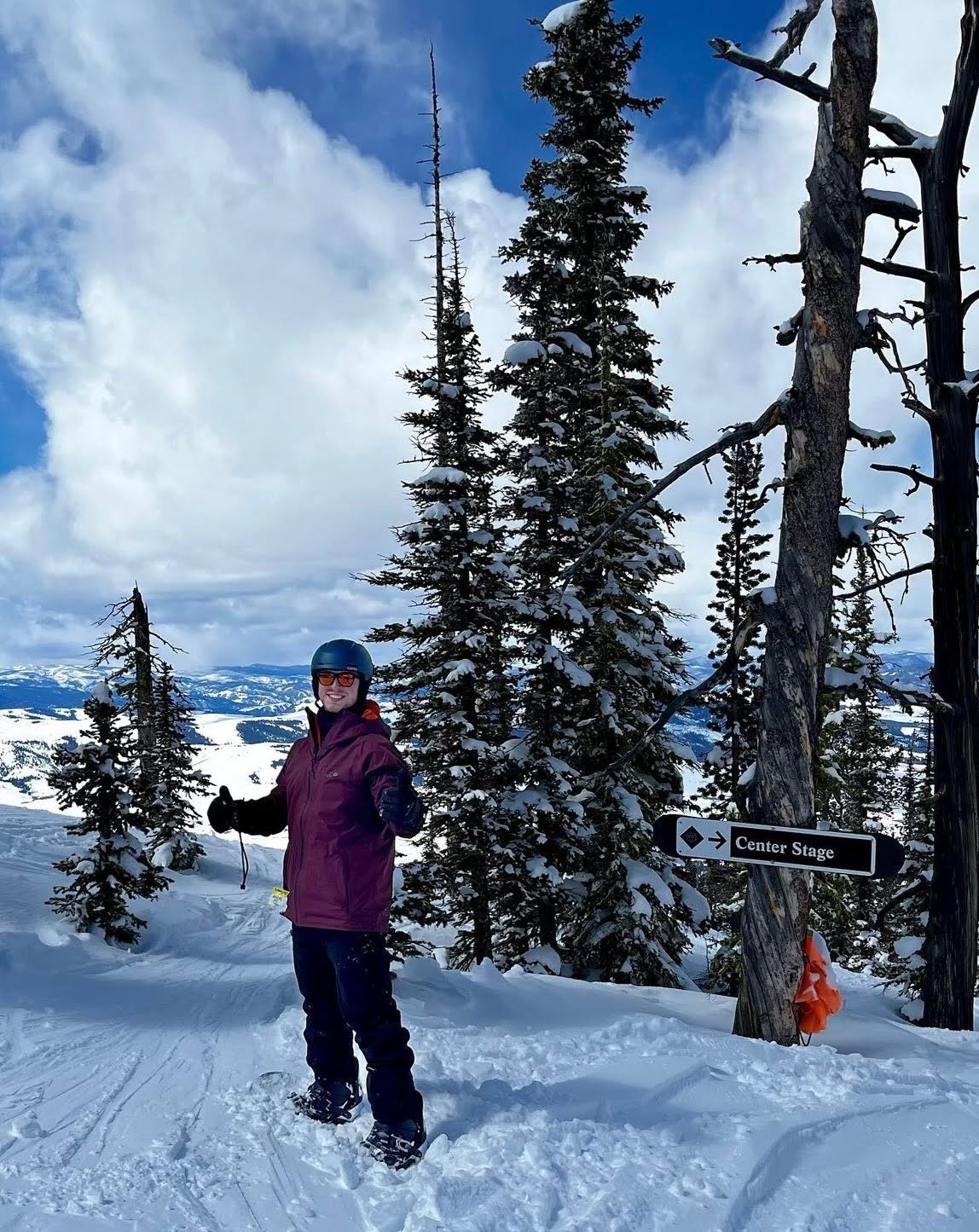
Snowboarding Prehab
Every season in Montana has its outdoor recreation to look forward to and for me and many others, winter means snowboarding. When I first learned to snowboard as an adult, I spent the weekend catching edges and came to work with such a sore neck; I could barely lift my head off the plinth to demonstrate exercises. Snowboarding can be a violent sport with a steep learning curve, but once an athlete gets the hang of it, it is an awesome way to move our bodies and enjoy time with friends in the beautiful Montana winters.
